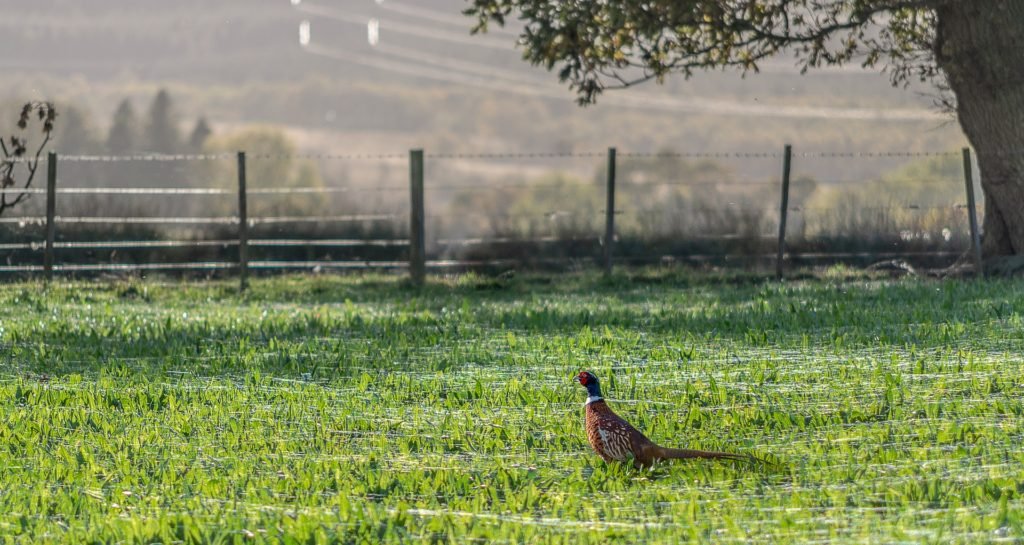No legitimate reason to abandon millions of hapless birds each year.
On Good Friday 2019, the Animal Liberation Front (ALF) allegedly raided a large pheasant and partridge hatchery in Mildenhall, Suffolk and released 9,000 pheasants into the countryside as part of their “dismantle the shooting industry farm by farm, shoot by shoot”. Later thousands were “illegally” released from hatcheries in Cornwall and Wiltshire.
Whether this was of any benefit to the pheasants is a mute point, but every autumn we continue to allow millions of the creatures to be released to be killed by humans, road traffic, starvation and predators alike. To anyone with little knowledge of the pheasant and partridge shooting industry, which is worth £2 billion in revenue to the UK, the number ALF set free might seem colossal, but in reality they only represented 0.028% of the total 30-35,000,000 estimated released each year.
Despite all the arguments, there is no legitimate reason to abandon millions of these innocent birds and leave them to their fate, as it does nothing to preserve the wild pheasant population in the UK or conserve habitat or the countryside as it is purely done for revenue and sport.
I use the word “abandon” advisedly as the terminology everyone prefers to use is “release” as though we are referring to a Born Free scenario of releasing wild animals back into their natural habitat. If it was any other captive bred or companion animal the action would be classified as illegal abandonment.
Unfortunately, these hapless birds have little wild heritage and half of the 30 million pheasants and 6 million partridges are imported into the UK as day old chicks according to the British Association of Shooting & Conservation (BASC), then reared intensively in hatcheries and then put outside in pens to ‘acclimatise’ to the wild.
50% of pheasants die before anyone gets a chance to shoot them.
In reality young captive reared pheasants are completely naïve with no experience of the wild or parental influence to guide them away from danger or instil natural instincts, making them extremely vulnerable to predators particularly foxes. They have a reduced survival rate and limited breeding success even if they are lucky to survive into their second year. At one point a few years back ‘hunters’ were complaining that the birds were becoming too docile and tame and the industry had to use new pheasant strains with more wild characteristics.
According to the industries’ own research the survival rate of pheasants is appalling with:
- 36% of them being eaten by predators (23% before anyone has a chance to shoot them);
- 7% killed in road accidents and from disease;
- and 3.5% dying while being raised
which equates to 50% mortality before hunting begins. 37.5% are then shot during the four-month season (7% of these not on the shooting estates), making a grand total of a staggering 84% mortality. The few that survive all the carnage are mostly wiped out within a year. Research has indicated that their release each year has no effect on increasing the wild population and is purely for commercial reasons.

With all the knowledge and research indicating that reared birds have a reduced survival rate, high mortality, limited breeding success and an inability to fend for themselves adequately in the wild, it could be argued that their release qualifies as illegal abandonment and causing unnecessary suffering, particularly in the context that it is not necessary to release them in the first place, but everyone seems to distance themselves from this point.
Taking a purely cynical standpoint, if this kind of hunting is to continue why not just cut out most of the pre-shoot mortality, road deaths and suffering and just place the birds in large aviaries where the marksmen can kill them at leisure like a kind of turkey shoot, but can you imagine the outcry then. Looked at in purely realistic terms this would lessen the deaths and fewer birds would suffer, but of course it would be no “fun”, not “sporting” and might make people realise what a horrendous sport this really is.
